Veronese autumn brings with it a symphony of colors that illuminates the valleys, hills and shores of Lake Garda. The leaves are tinged with warm, vibrant hues, the forests and villages of the area become ideal destinations for foliage, and every village, between Lessinia and Mount Baldo, becomes a must-see for those seeking quiet and wonder. The foliage, with its reds, yellows and oranges, transforms the landscape into a living picture, perfect for discovering the charm and history of the villages that dot this territory.
Indeed, autumn is the ideal season for excursions that combine the beauty of the landscapes with local culture. The hills of Lessinia and Mount Baldo are dressed in red and orange, the paths offer unforgettable views, and the most beautiful routes wind through the woods, where the trees are tinged with yellow and ochre, creating a picturesque contrast with the deep green of the olive trees and the blue of the lake. An itinerary that combines villages and nature, history and culture, among the colors of a season that gives a new magic to the landscape, is an invitation to rediscover the Verona area in all its autumn splendor. Autumn in the Verona and Garda area is not just a time of year, but a true experience.
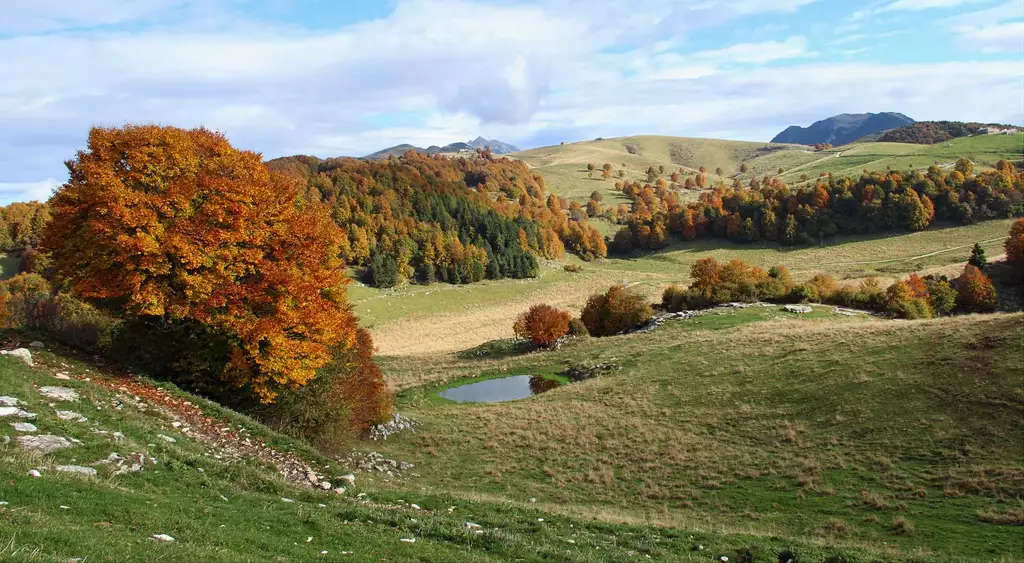
In these places, wealth is hidden in the less explored folds, in stories and legends that are intertwined with the present. Who doesn’t know Soave, a fine Veronese wine appreciated all over the world? Yet few know that its name may even derive from the supreme Dante Alighieri, who, during his time spent as a guest of Cangrande della Scala, is said to have inspired the naming of the city and the wine itself. Just Soave is one of those places where you can breathe history, surrounded by vineyards and hills that seem to envelop the medieval village, dominated by a castle that stands out on the landscape like an ancient sentinel.
There is no shortage of curious stories: San Giorgio di Valpolicella, a hamlet famous for its Longobard parish church and a view that sweeps all the way to Lake Garda, is also known as “San Giorgio Ingannapoltron.” This quirky name has medieval origins: the hamlet was originally known as San Giorgio in Ganna, but the word “poltron” was added jokingly, as if to suggest that the beauty of the place might seduce lazy people, holding them back unwillingly. It is tales such as these that make the province of Verona special, stories that are hidden in the names of places, like invisible writings that manifest themselves only to those who pause to look and listen.
These villages, often called “small” by those accustomed to city dimensions, actually contain an intensity that makes them... immense. Every stone, every house and every square seems steeped in centuries of history, as if past events were imprinted there forever. And it is precisely these atmospheres that turn the villages of the province of Verona into authentic gems waiting to be discovered, places that, once visited, seem to ask the question: how come we didn’t know them before? It’s never too late to make up for it: let’s go on this journey to discover ancient villages and their fascinating stories.
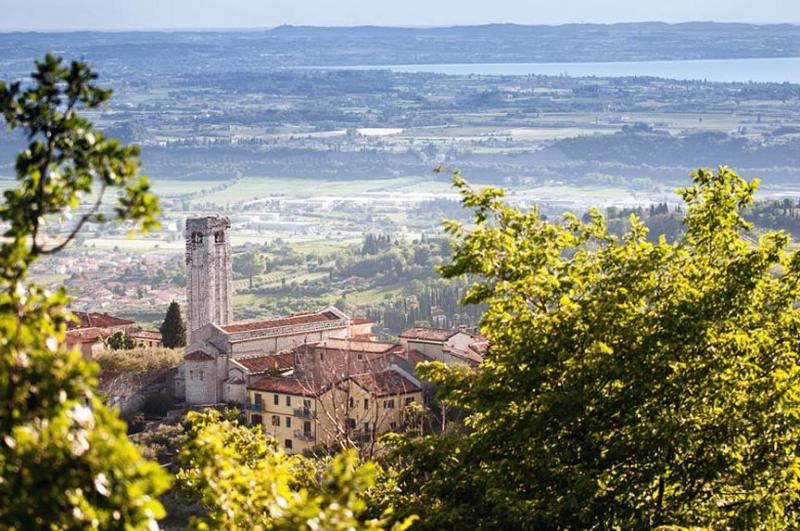
In Valpolicella, the small village of Molina tells of a past inextricably linked to water. Here, thanks to the richness of the springs, there were as many as eighteen mills in the Middle Ages, used for grinding grain and processing wool. Even today, two historic mills bear witness to this activity: The Mulin de Lorenzo, recently restored, and the Molin dei Veriaghi, the only original mill still in operation. But there is more than just history to be found in Molina: the Waterfall Park, an eight-hectare nature area, provides an evocative spectacle, with the sound of waterfalls accompanying visitors on a nature trail. Among the various waterfalls in the park, such as the Green Waterfall, the Bear Well Waterfall, the Powdery Waterfall, and the Stooge Waterfall, it is possible to admire the power and beauty of water in a play of light and sound that make this place magical and unique.
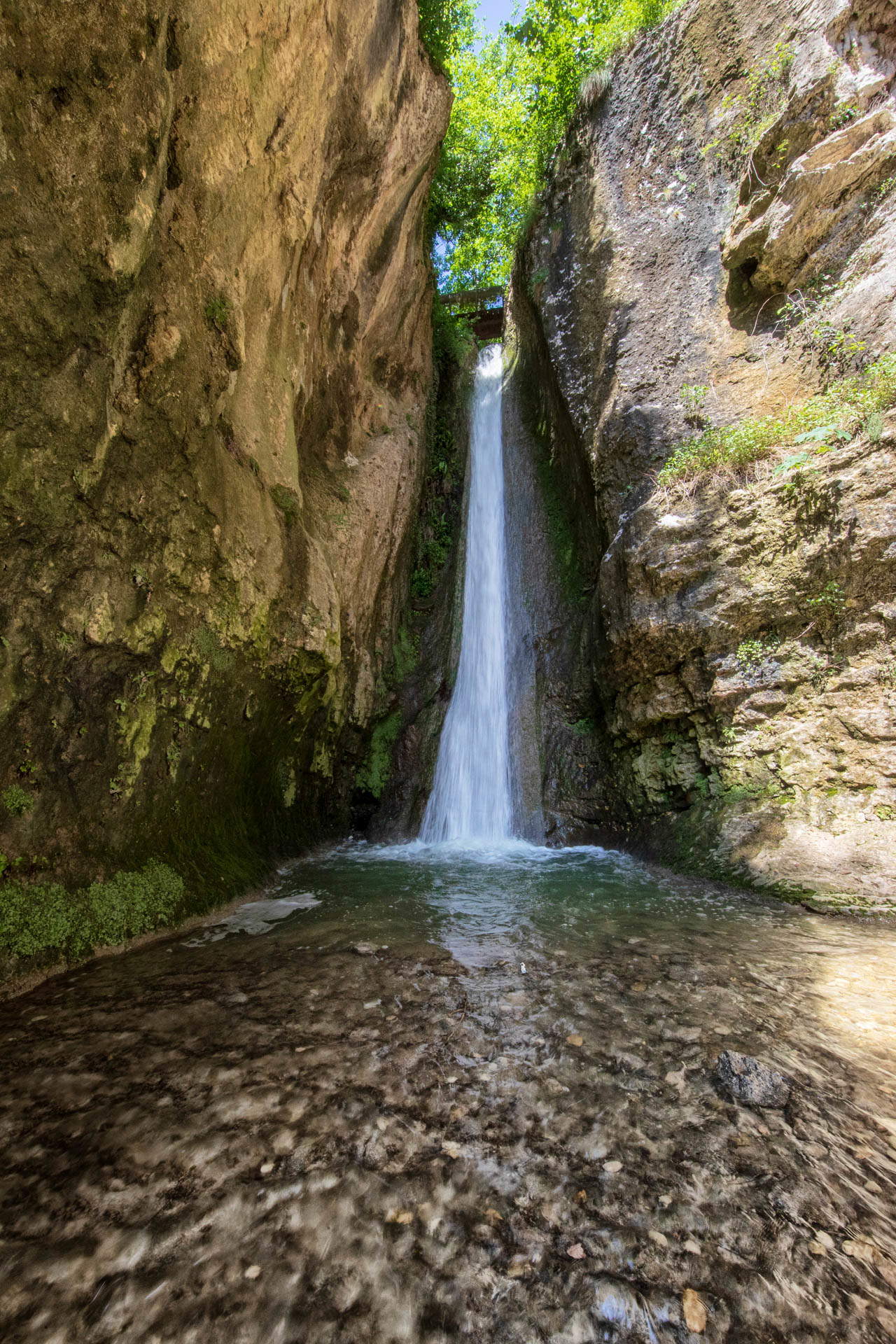
Continuing towards Lessinia, in the village of Giazza you can discover the Cimbrian culture, one of the twelve recognized linguistic minorities in Italy. Of Germanic origin, the Cimbrian people settled in these places centuries ago, leaving traces in their language and traditions. Giazza is one of the last places where Cimbrian is still spoken, a fascinating dialect, similar to Bavarian German, that evokes ancient roots (“Bèar khüt de baarot, màchatzich hörtan lieban,” says a Cimbrian proverb, meaning, “he who speaks the truth always makes himself loved”). In the small Cimbrian Museum, it is possible to immerse oneself in the history of this people and their traditions, including gastronomy, with dishes such as Bigoli Cimbri, which combine simple and genuine ingredients with authentic and ancient flavors.
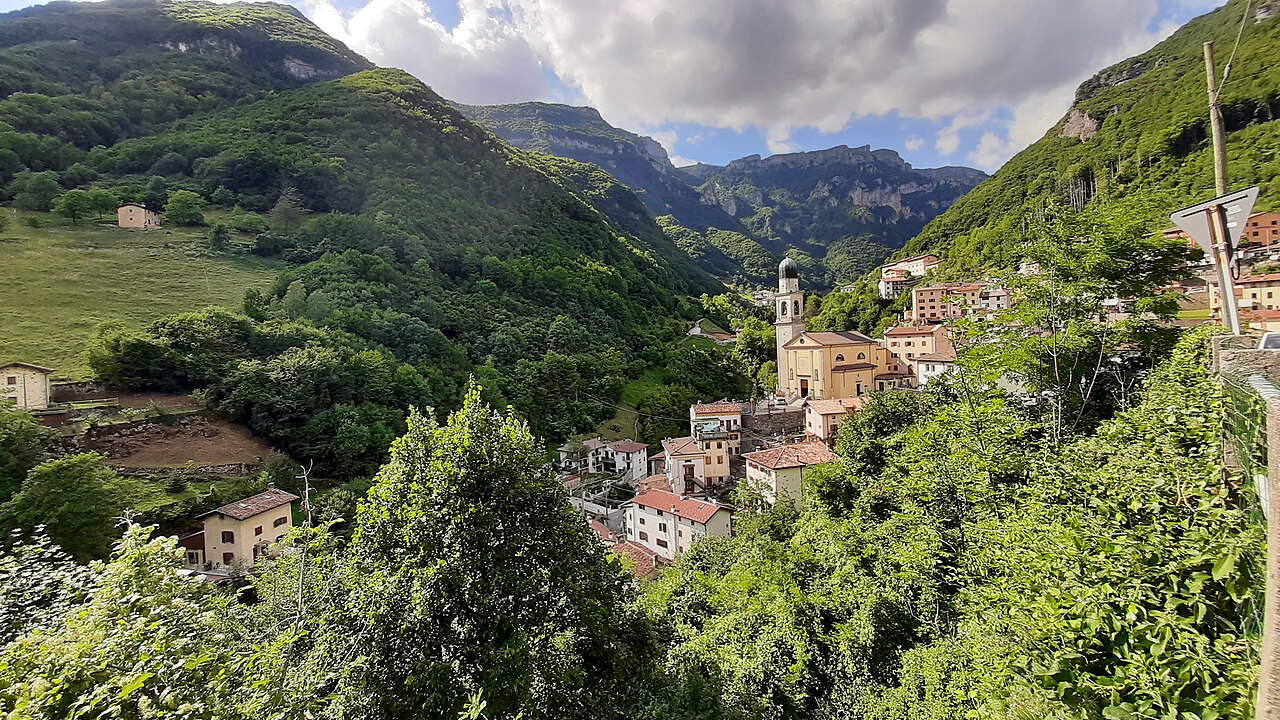
Overlooking Lake Garda is the hamlet of Campo di Brenzone, a small village now inhabited by only two families and reachable only by ancient mule tracks. Campo seems like a place forgotten by time, a deserted place with stone houses separated by cobblestone paths, yet thanks to the Campo Foundation, established in 2006, this hamlet is slowly being reborn. The project to restore the houses and traditional workshops aims to bring life and beauty back to this village, which preserves an extraordinary historical and artistic heritage. The small church of San Pietro in Vincoli, with millennia-old frescoes and a pictorial cycle by Giorgio da Riva from 1358 (it is located on the apse, decorated with a large Christ Pantocrator dominating in a mandorla the entire basin), is a true medieval jewel hidden among the olive trees. The view from here, with Lake Garda stretching to the horizon, is a sight that remains in the heart.
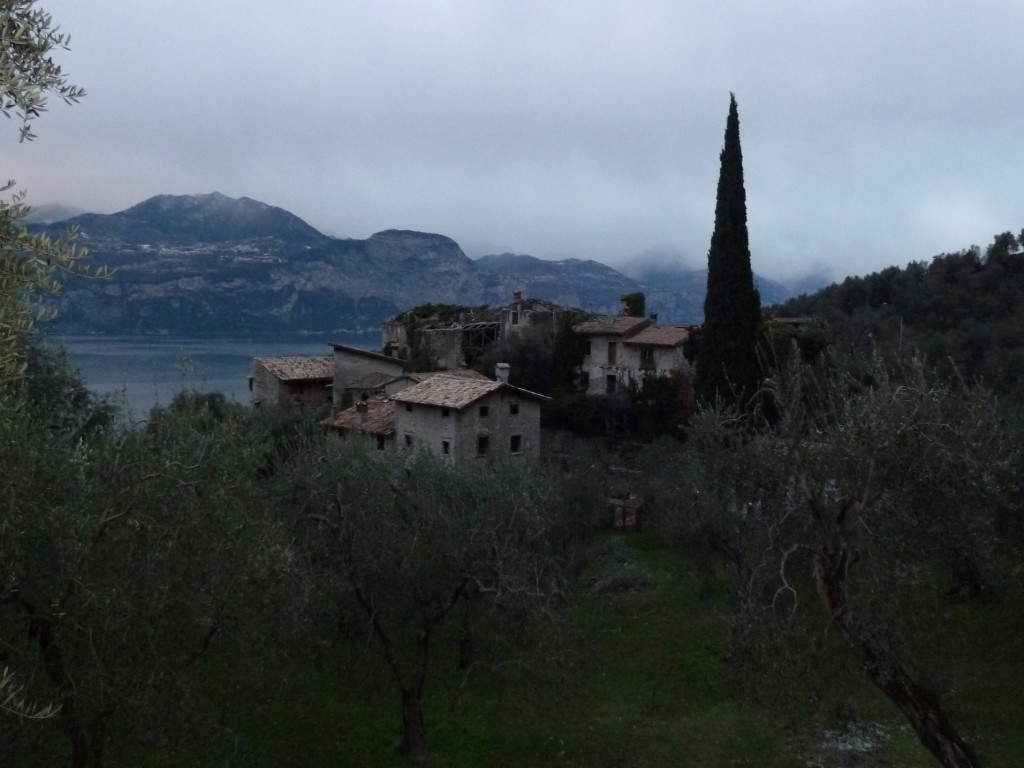
Malcesine, a medieval village nestled between the lake and the slopes of Mount Baldo, is one of the most romantic places on Lake Garda. In autumn, walks through its small squares and alleys become a unique experience, enriched by the bright colors of the leaves that frame the Scaliger castle. The ascent to Mount Baldo, via the cable car with rotating cabins, offers spectacular views of the entire lake and the villages that surround it. From here, autumn landscapes stretch as far as the eye can see, and each corner tells a different story rooted in local traditions and legends.
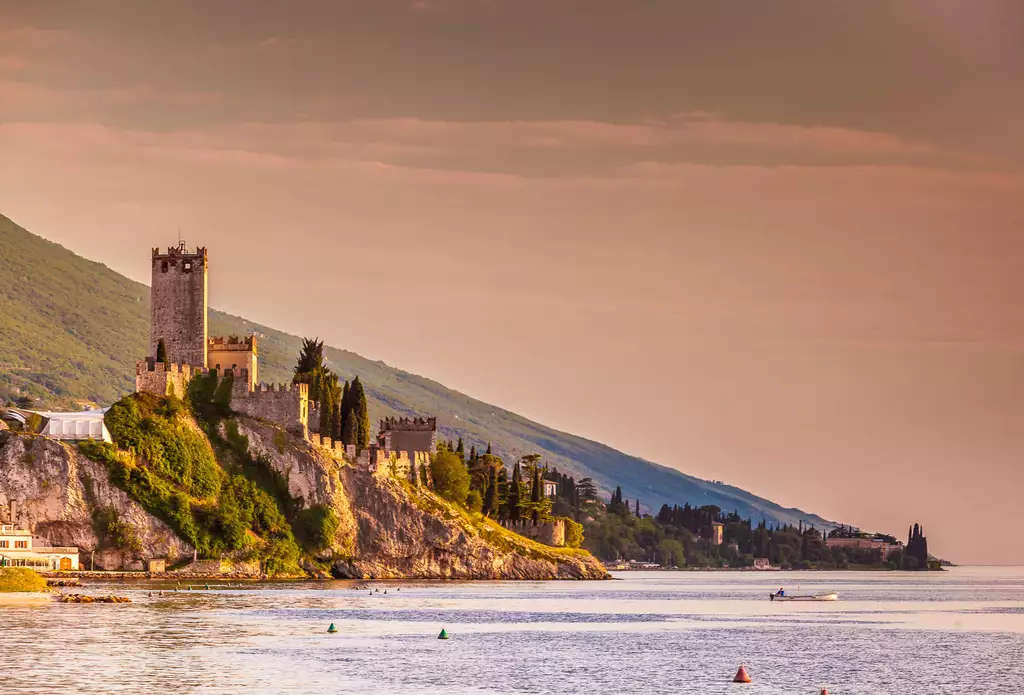
Autumn is also the perfect time to discover the walled towns overlooking Lake Garda, such as Lazise and Peschiera del Garda. Lazise, an ancient customs house on the lake, is protected by medieval walls that embrace the Scaliger Castle. The inner streets, adorned with colorful houses and artisan stores, become a perfect autumn set amid the scents of wine and roasted chestnuts. Peschiera del Garda, with its pentagon-shaped Venetian fortress, is transformed into a picturesque and enchanted corner, which was recognized as a UNESCO World Heritage Site in 2017.
Valeggio sul Mincio, not far away, captivates visitors with its Scaliger Castle and the beautiful hamlet of Borghetto, recognized as one of Italy’s most beautiful villages. The foliage is reflected in the water of the Mincio River, which flows through the village, and the historic mills, which seem suspended in time, provide glimpses of peace and beauty, in a continuous dialogue between history and nature.
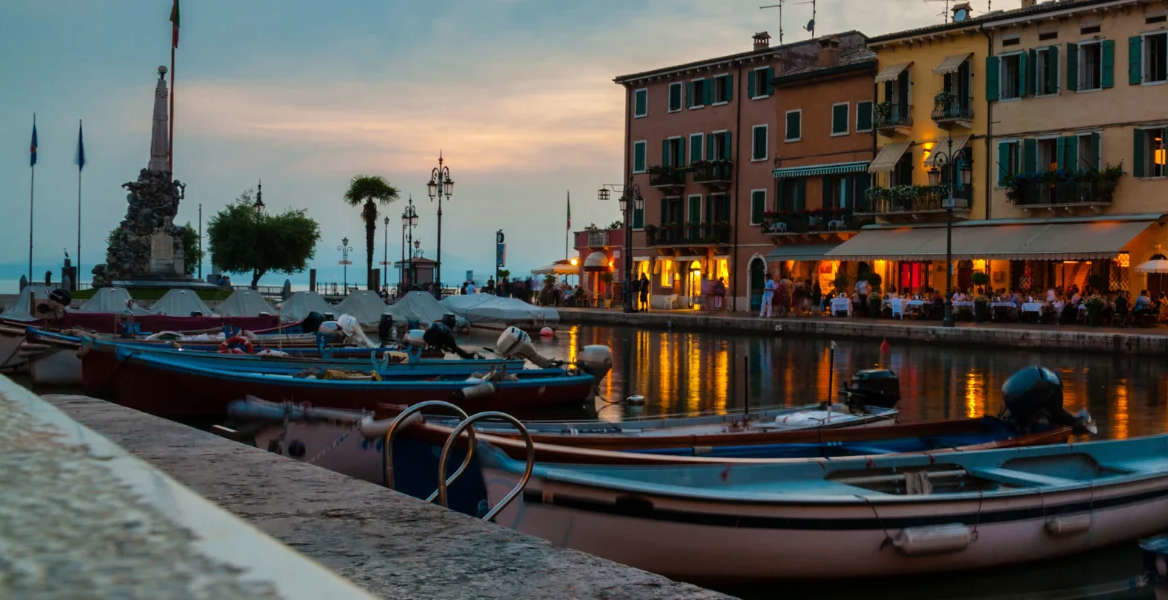
Perched among the hills of Valpolicella, Soave is famous for its white wine and the castle that dominates the village. In autumn, the town is bathed in a riot of colors that caress the vineyards and reflect on the crenellated towers of the city walls. Strolling through the streets of the center is like taking a plunge into the past, enveloped by the scents of the just-completed grape harvest and the tranquil atmosphere of this season.
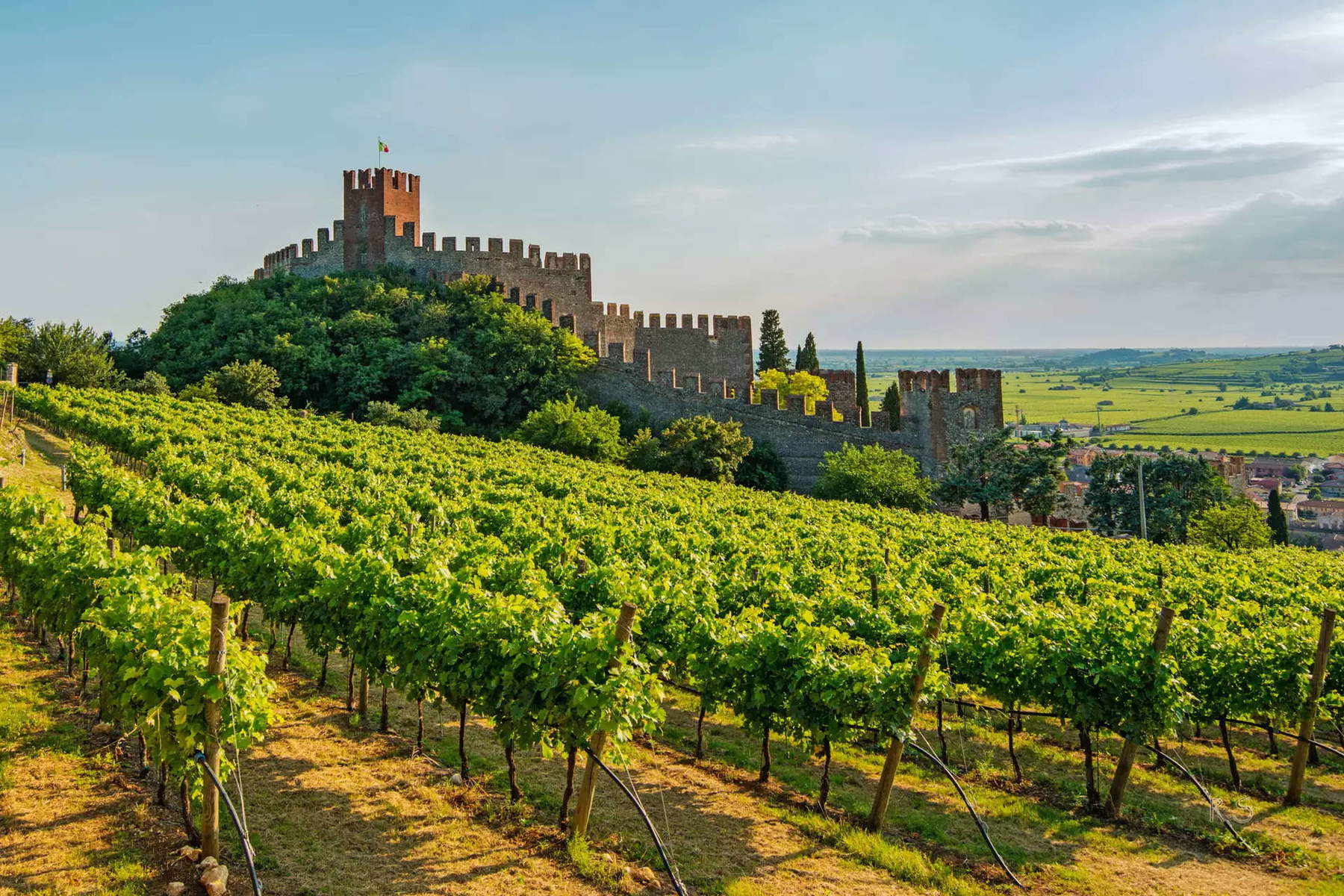
The fortified villages of the Verona area, from the Lessini Mountains to Lake Garda, tell the story of an area that has been able to defend itself over the centuries. Rivoli Veronese (a curiosity: a violent battle was held here in 1797 that was decisive in the victory of Napoleon’s French over the Austrians, so much so that one of the main streets of parici, rue de Rivoli, the one on which the Louvre is located, takes its name from this very location), and Pastrengo, with their Austrian fortifications, offer a unique panoramic view, framed by the foliage that covers the hills. Villafranca di Verona, with its Scaligero castle, also invites visitors to immerse themselves in history, while Cologna Veneta and Legnago offer an immersion in centuries of defenses and fortifications, living testimony to a glorious past.
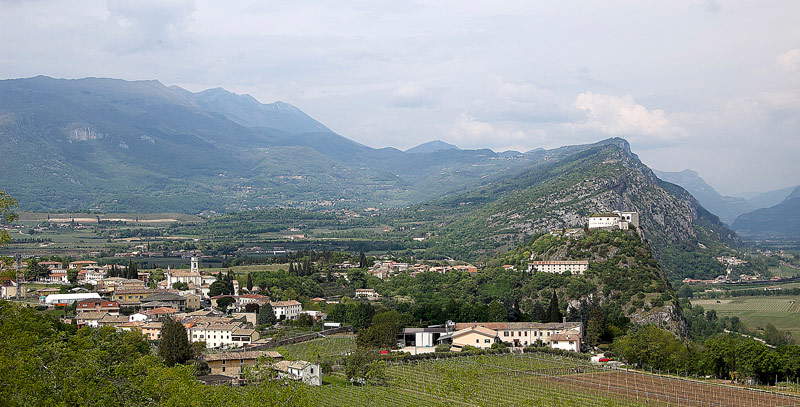
 |
| Veronese villages among history, autumn colors and centuries-old traditions |
Warning: the translation into English of the original Italian article was created using automatic tools. We undertake to review all articles, but we do not guarantee the total absence of inaccuracies in the translation due to the program. You can find the original by clicking on the ITA button. If you find any mistake,please contact us.